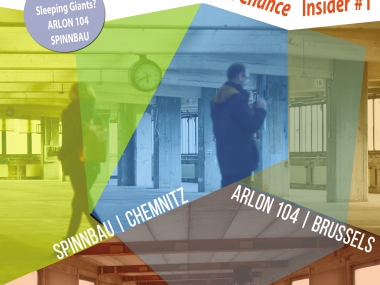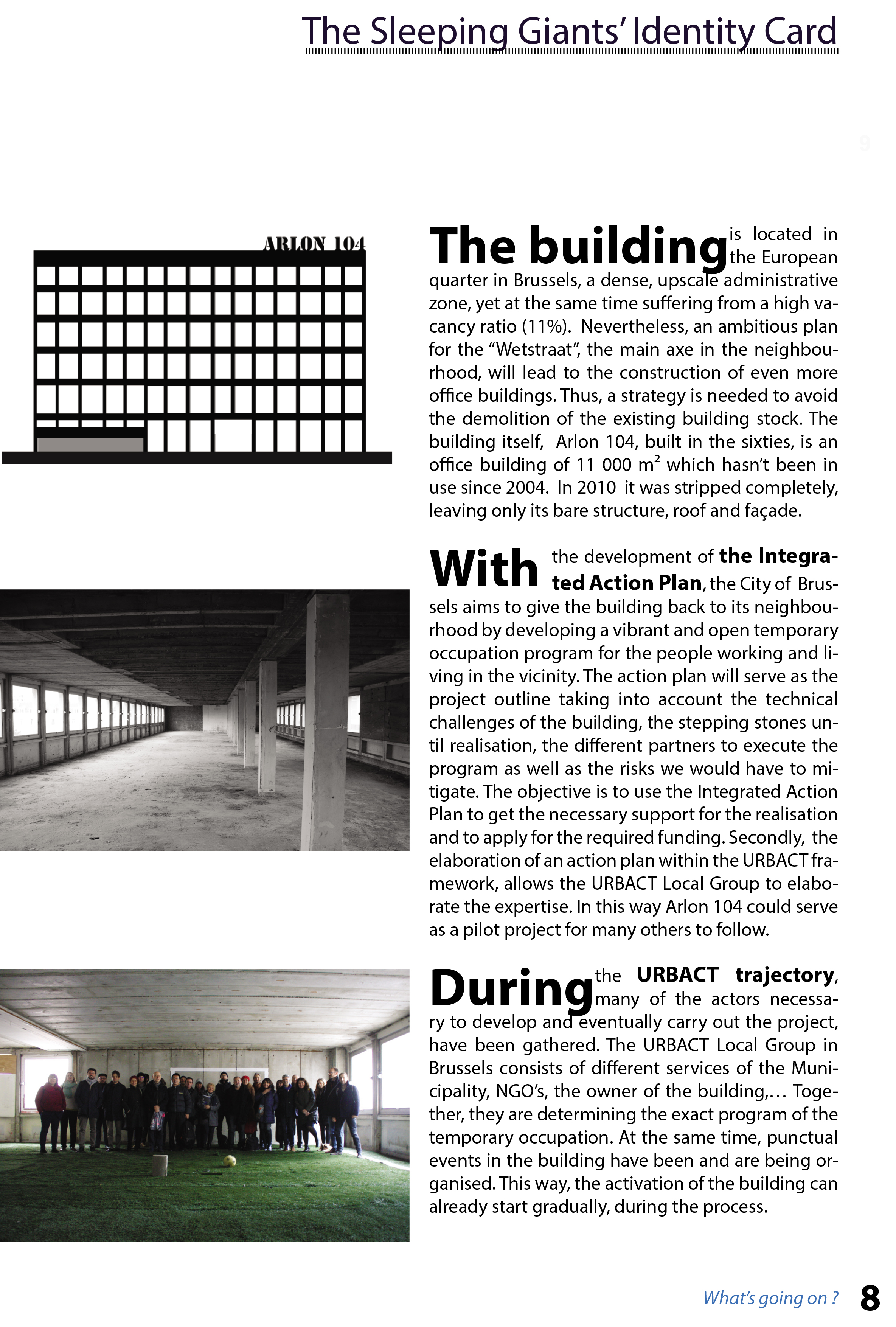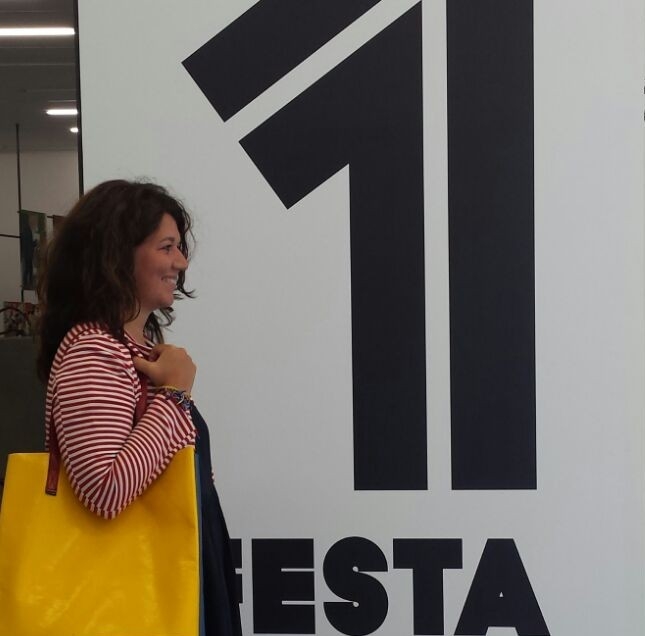What's going on? Take a look INSIDE our Sleeping Giants!
Edited on
29 July 2018With this issue of 2nd Chance INSIDER we start a journey that will touch 11 European cities and that will help us to understand in depth how they are facing our network’s challenge: the reactivation of the sleeping giants, large vacant buildings or areas with many vacant buildings that have lost their original purpose, are vacant and constitute -in their current state- a problem for the city and the owner.

2nd Chance – Waking up the sleeping giants is, in fact, an Action Planning Network supported by the URBACT III Programme and leaded by the City of Naples (Italy) with the following Partners: City of Brussels (Belgium), City of Caen (France), City of Chemnitz (Germany), D.U.R.A. (Dubrovnik Development Agency, Croatia), Gijon (Spain), City of Liverpool (U.K.), City of Lublin (Poland), City of Maribor (Slovenia), Porto Vivo S.R.U. (Society of Urban Rehabilitation of Oporto, Portugal), University of Genoa (Genoa, Italy).
Such a wide network represents a significant pattern of different perspectives and approaches with reference to the shared topic. Our giants, for instance, are extremely different in size (from almost 1.000 to 46.000 sqm), typology (single buildings or complexes) and ownership (public, private or mixed) and, as you will discover, this variety has incredibly enriched our discussions and results.


For those coming in touch with our project for the first time, it’s necessary to underline that “Waking up the sleeping giants” means not only bringing back in use this large vacant buildings but, above all, try to turn a problem into an opportunity for the sustainable urban development of our neighborhoods. These sites, in fact, often have a negative impact on their surroundings but, during the project lifetime and with the essential contribution of Nils Scheffler as a Lead Expert, we’ve explored several tools to improve our cities’ urban development strategies.
Above all, in the last 2 years we’ve found-out and experimented different methods to embed the reuse in the neighborhood’s development context, to foster participatory paths and engage stakeholder in the rehabilitation of these buildings but we’ve also analyzed in detail a set of successful case studies and policies coming from inside and outside our network: a full collection of the most interesting good-practices collected is about to be shared soon, so stay tuned! But, you may start in reading the first and second Good Practice Intermediate Compilation...


Nowadays, in our common understanding, rehabilitate this buildings means to provide space for what is needed in the neighbourhood and in the city, to support an appropriation through indefinite users, to support strategic uses of these premises, not only oriented on private exploitation interests, but mainly on the interests of the whole community involved.
In the next pages, you’ll meet Arlon 104 and the Spinnereimaschinenbau, two giants based –respectively- in Brussels and in Chemnitz who share a common trait: they’re not owned by the city administrations, whose role is to facilitate the rehabilitation process trying to balance the private and public concerns. These two cities are probably facing the toughest challenge if compared with other case-studies where the local administrations hold the right to have the last word on the asset’s destiny, but the brilliant work done by the Project coordinators, along with the politicians and all the stakeholders engaged, is already reaping huge rewards. In the initial phase of the project, in fact, each of the eleven Partners of the network has set an URBACT Local Group (ULG) including citizens, associations, NGOs, municipal departments, entrepreneurs, etc.: these groups have been directly involved in the co-design of the reactivation strategy of the giants and their work will shortly flow into an Integrated Action Plan containing a detailed set of objectives, actions to undertake and management/governance models for the implementation.


Finally, I take advantage of these lines to thank the URBACT Programme, and in particular the Secretariat based in Paris, which is working for years to support urban-practitioners and decision-makers in sharing knowledge and know-how on all aspects of sustainable urban development. With their active support, we have improved the capacity of our cities to design sustainable urban policies and practices, in an integrated and participative way, and I really hope that our work may contribute to the success of the Programme.
Nicola Masella
2nd Chance IAP Network Project Coordinator
Take a look to the 2nd Chance INSIDER:
 Submitted by m.luna nobile on
Submitted by m.luna nobile on
